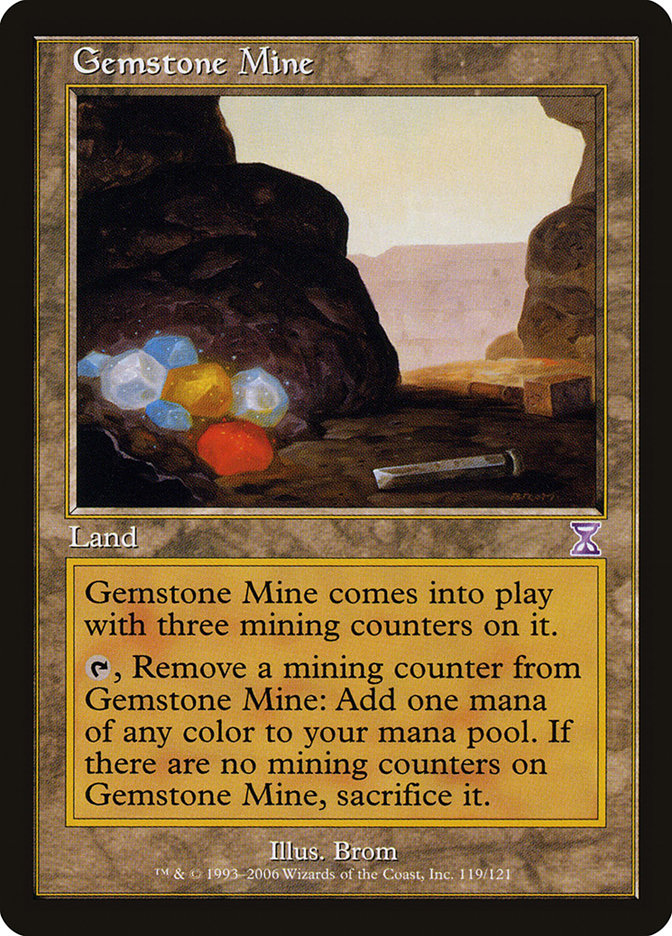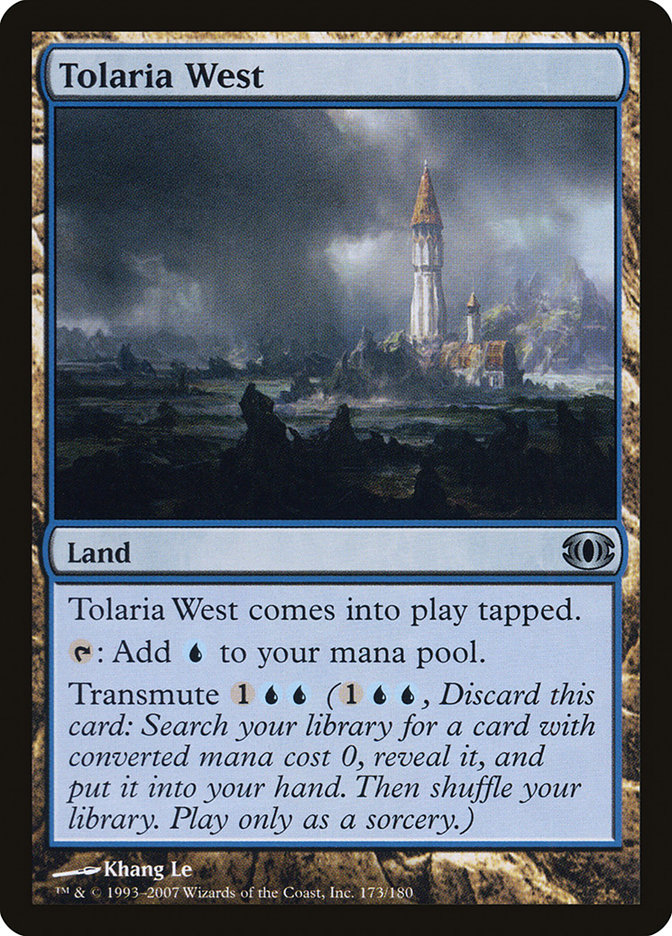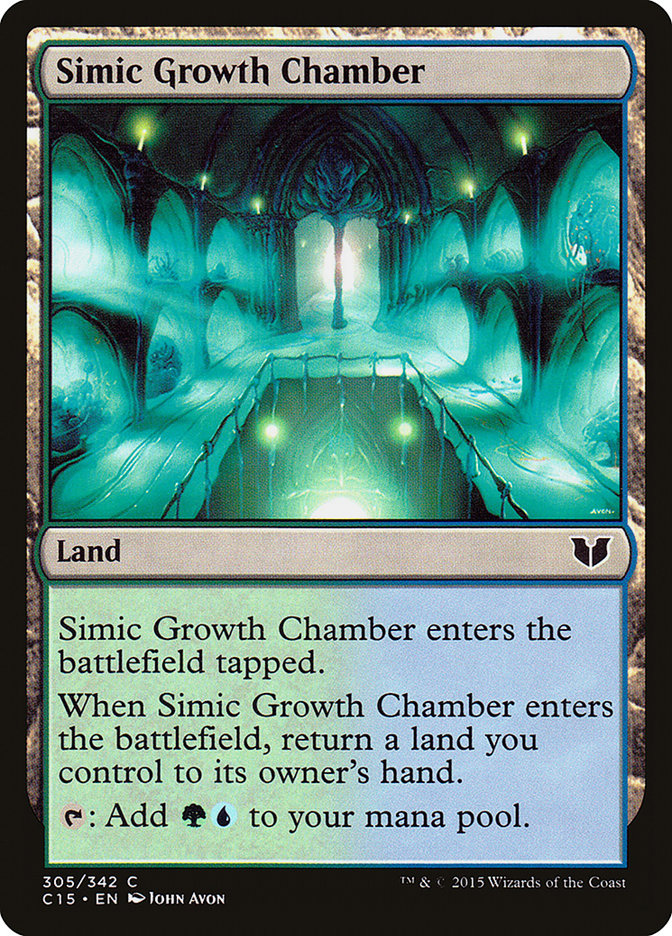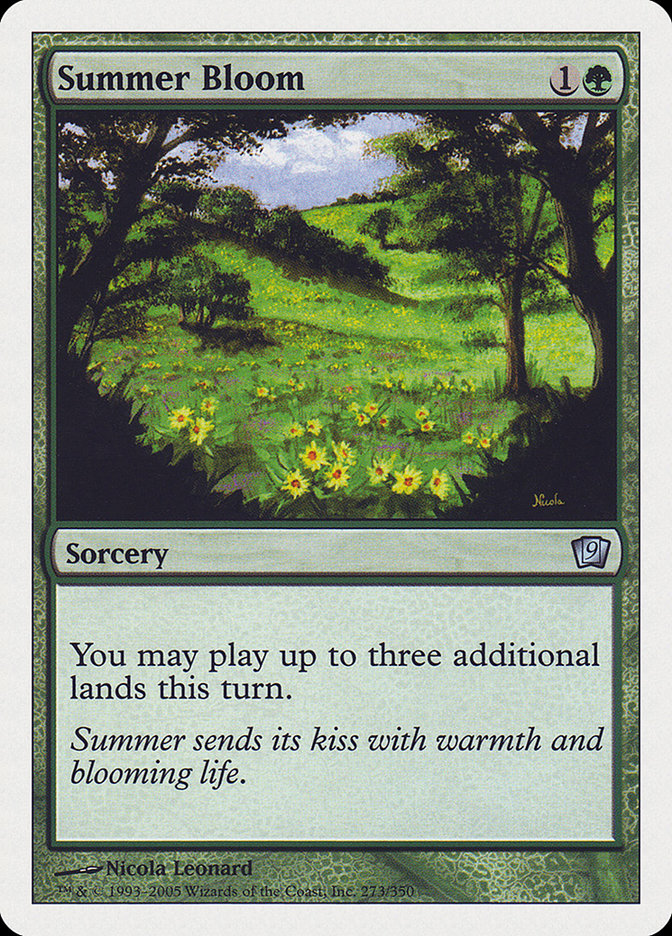Last weekend, I won the largest ever StarCityGames Open by playing Amulet Bloom. Since I don’t think Amulet Bloom will be legal in the format much longer, a primer on playing the deck seems misplaced. Instead, I’ll discuss why the deck is good, why it should be banned, and a few of the most common misplays when playing against it.
Why I Chose Amulet Bloom
I’ve played the deck for nine months at this point. This deck fits my style and does a lot of winning. I don’t consider myself to be good at Magic in general, but I am very good at very uninteractive decks that have lots of tutors and decks that have a similar gameplan every game.
Creatures (6)
Lands (27)
Spells (27)

Amulet Bloom has a surprising number of factors that make it good, starting with the ability to get “free” wins and to have a powerful early game. Sometimes you just attack with a Primeval Titan on turn 2. This is a functional win. I don’t think I’ve ever lost a game where this happened.
Very few cards in the format interact favorably with Amulet Bloom. This effectively means that many of your opponent’s cards aren’t worth a card against Amulet Bloom, creating a lot of virtual mulligans. Furthermore, the bouncelands are great virtual card advantage. Speaking of mulligans, the deck does it quite well because it is looking for very specific cards. If I can’t produce a turn 4 Primeval Titan or Hive Mind combined with Pacts, it’s pretty much a mulligan. Winning on five cards isn’t unusual.
Another perk of the deck is its difficulty. While that isn’t usually a factor in favor of the deck you play, it’s important to note that very few people play the deck well enough to produce good testing results. As a result, lots of my opponents are very inexperienced when it comes to playing against it.
For the combination of all the above reasons and its late game inevitability, I think that Amulet Bloom is the best deck in the format. In my experience, every playable deck in the Modern format is a favorable matchup (with the exception of Infect, which is unfavorable).
Why Don’t More People Play It?
Let’s be honest: the deck looks like a pile at first glance. It has tons of effects you only have one-of, and your deck does nothing when it doesn’t have some of them. It looks weak to discard and disruption. Fortunately, that’s not how the games play out.
The deck is also just complicated. As Justin Cohen said at #PTFRF last year, it’s not hard, just weird. It doesn’t play Magic in the traditional sense. Players can be very insecure about looking silly, and Amulet Bloom is complicated enough to play that looking silly can become easy if you aren’t careful.
The Ban
So should it be banned? Good question.
Amulet Bloom represents the amazing and unlikely convergence of many drawbacks blossoming into incredible synergy. These built-in safety valves have been turned on their head. From a design standpoint, lands that have the capability to be better than a basic land must have a drawback. The design space of drawbacks on lands that make for good gameplay and aren’t clunky is very narrow. Lands entering the battlefield tapped are supposed to represent a real cost: not having access to that mana for a turn. Amulet of Vigor negates this drawback.
Gemstone Mine is supposed to perfectly fix your colors but have limited use. Bouncelands negate this drawback. Tolaria West is supposed to make you choose between playing it as a land or transmuting it, and it is an enters-the-battlefield tapped land for the premium of having that decision. Bouncelands negate this drawback.
The deck breaks the color pie. The manabase is too reliable to be so greedy. The deck breaks the turn 4 rule. Even if an opponent doesn’t die on turn 2, there are a lot of functional wins that are set up before turn 4. Then there’s maybe the ultimate sin: it doesn’t promote satisfying gameplay. I don’t consider playing against Amulet Bloom to be fun, win or lose. Often, you’ll be locked out of the game, but you have to keep playing in the hopes your opponent will screw up and not pay for a Pact or mess up their mana. I’ve actually had players write “F6” on a piece of paper while I take a crazy, super involved turn that was glorified solitaire. Magic is about interaction, and Amulet Bloom seeks to remove as much of that as possible.
One thing that hasn’t been discussed much, but is a strike against the deck is the difficulty in verifying an Amulet player’s actions. On turns where I know I’m not going to play a land until fairly late in a complicated sequence, I tell my opponent in advance that I haven’t played a land yet, remind them intermittently until I do, then make it very clear that I’ve played a land this turn, and even remind them once afterwards that I have played a land. I keep all my floating mana and extra land plays written down. But even then, it’s just some scribbles on paper, or maybe a die or two on the table that’s tracking everything. It’s a real chore to play against Amulet Bloom and verify the legality of everything that’s happening.
I obviously liked the deck enough to play it at #SCGCIN. It’s subtle. It has tons of nuance, but as much as I wish it could stick around, I really think it should go for the good of the game. The win percentage is too high, and aside from my own greedy reasons, I have no reason to suggest it belongs in the format.
So what card should be banned specifically?
Amulet is unplayable garbage without this.
Summer Bloom enables turn 3 and 4 Titans off just lands and no Amulets. Whenever my opponents cast an early discard spell, I almost always hope that the other cards in my hand will somehow distract them from making the right choice and taking my Summer Bloom.
The combo is Summer Bloom into bouncelands. Everything else is a detail.
How Players Mess Up Playing Against Amulet Bloom
Lots of players will sideboard in a lot of cards to destroy Amulet of Vigor. Though Amulet is what makes you die faster, Summer Bloom is really what kills you. I do a fist pump every time I see Ancient Grudge in an opponent’s deck after game 1.
Another common mistake is killing a Titan in response to a search trigger. It’s usually better to wait until after the trigger resolves to kill it. This way, you force the Amulet Bloom player to commit to what they’re doing without knowing the Primeval Titan is dying. It changes typical lines of play significantly.
This one is for the Twin players: Learn the deck well enough to know when you have to tap down key pieces of lands with Pestermite and Deceiver Exarch!
A lot of players don’t realize how much pressure they need in addition to their disruption. You almost certainly don’t have a better long game than Amulet Bloom, so you need to kill quickly. If you always play as if you need to beat turn 2 Primeval Titan, you’re never going to win anyway. Just like how you can’t afford to always play around turn 4 Splinter Twin, you can’t do that here.
Credit
All credit for my build goes to Bence Bokor (LordCommanderSnow on Magic Online,Boky91
on Twitch). In fact, all credit for me knowing how to play and sequence with this deck goes to him, not to mention sideboarding correctly.
Sideboarding Guide
Twin
In:
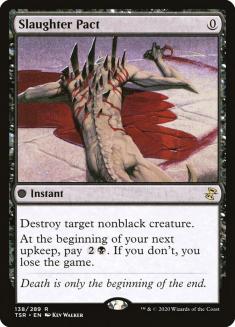
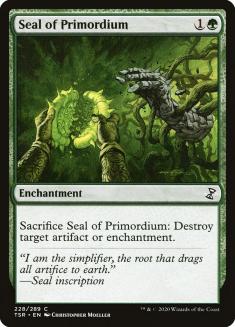


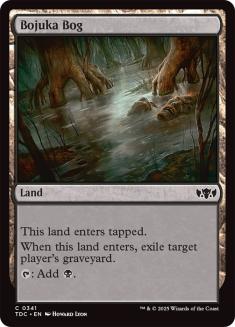
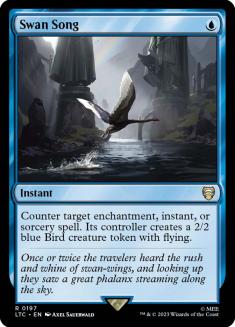

Out (U/R Twin):
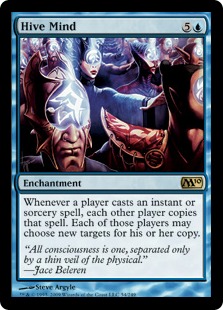

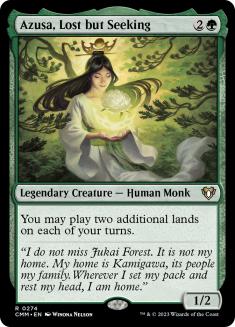
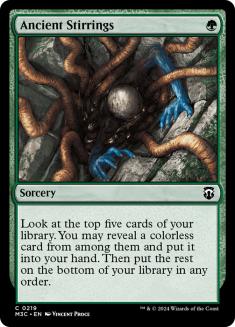

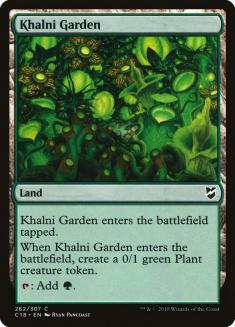
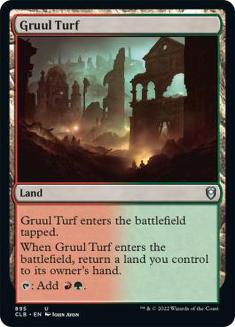
Out (Grixis Twin):





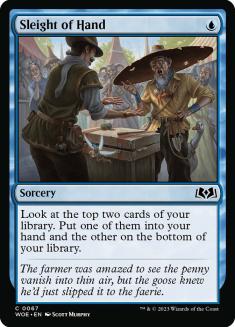

Out (Temur Twin):







Affinity
In:



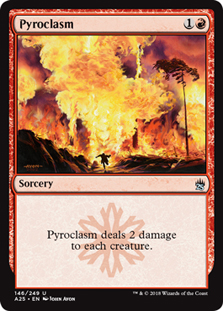

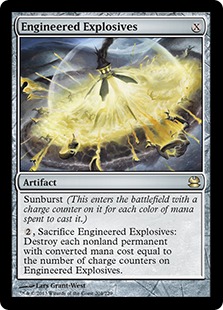
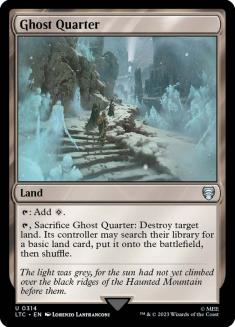

Out:

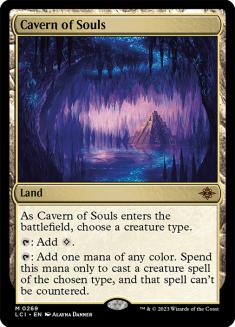


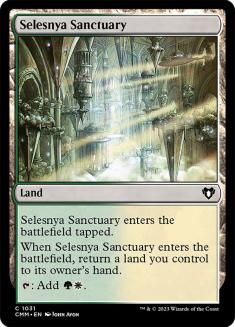



Abzan
In:



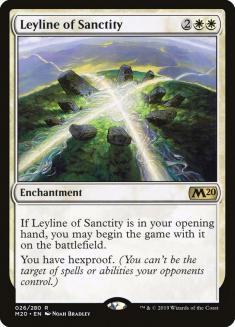


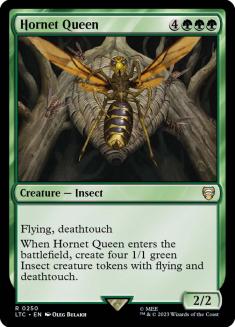
Out:







Jund
In:









Out:





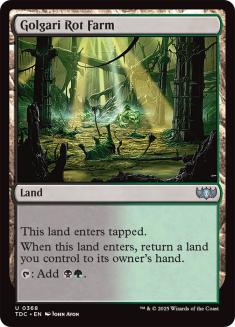



Burn
In:





Out:


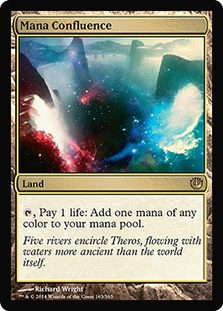


G/R Tron
In:



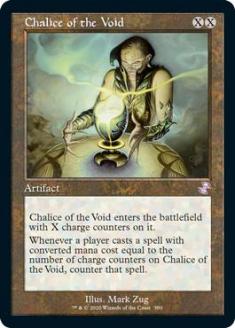
Out:




In:




Out:




Amulet Bloom
In:




Out:




Elves
In:







Out:







Abzan Company
In:






Out:






Merfolk
In:






Out:






G/W Hexproof
In:






Out:






Infect
In:






Out:






Soul Sisters
In:







Out:







Zoo
In:



Out:



In:



Out:



The Future
I have SCG Tour® Points now, and it’s early in the year, so I have two byes for #SCGCHAR. Byes are really powerful. As much as I would like to go to #SCGCHAR to run it back, it’s really far from me, and I’m still in my training period at a new job. Traveling would mean I’d be really tired from two additional cross country flights, and I don’t sleep well on planes. As I’m in the Bay Area for the next two weeks for work, I’ll settle for playing the big Modern side event on Friday at GP Oakland.
I don’t recommend warping your deck significantly to beat Amulet Bloom for #SCGCHAR. My quarterfinal opponent won’t be there, I won’t be there, and a bunch of skilled Amulet Bloom players aren’t going to come into existence just for that event. I expect the event to have very few good Amulet Bloom players. If your goal is to maximize your expected placing in the event, just don’t sweat it. You probably won’t play against it, and you’ll almost certainly lose more because of the compromises you made against other decks.
As for my deck choice going forward, both Jeff Hoogland’s Kiki-Chord and Logan Mize’s Abzan Company deck are my style of deck, so I’ll be on one of those. (I still miss you, Kiki Pod and Melira Pod.)
Thank you guys for taking a look at my big weekend at #SCGCIN! I hope you enjoy the deck…while it lasts.


